Accessibility is a critical part of inclusive living, and it’s something that every person should be aware of. With the rising accessibility of technology, it’s easy to lose touch with how accessible your home is. If you notice things like your house is hard to access or constantly getting in the way of others, it’s a good idea to check your accessibility.
It’s essential for individuals with disabilities such as mobility impairment and vision impairment, who generally have limited mobility and vision. There are several ways that you can make your home accessible for those with disabilities. Thankfully, there are numerous ways you can help make your home accessible for all. Read on to find 10 tips to make your home accessible to help you start.
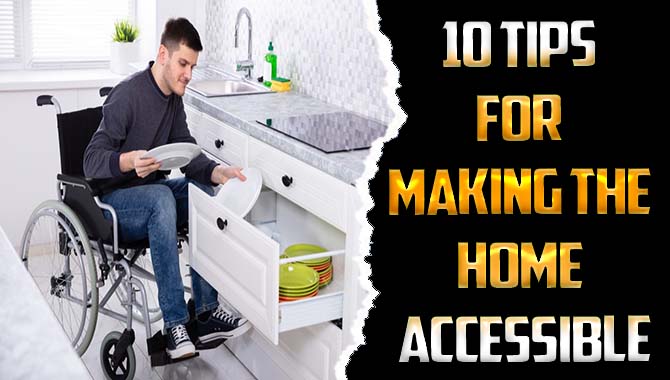
How To Make Home Accessible
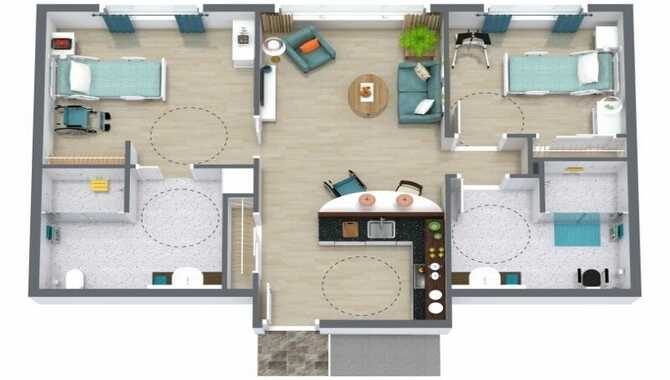
It’s easy to make your home more accessible by implementing accessible furniture and door hinges, removing obstacles in the home such as low shelves and narrow doorways, installing grab rails and steps tools to make getting around the house more accessible, creating barrier-free entrances for people with mobility disabilities, providing ample signage to direct visitors to the most critical areas of the house.
arranging furniture in a way that is easy to see and reach, using lighting and sound features to make navigating the house more accessible, equipping your home with Braille or large print labels, and training family and friends in how to make your home more accessible for people with disabilities. It’s also a great idea to consult an accessibility professional for help making your home accessible for everyone.
1.Replace Stairs With Handicap-Accessible Ramps
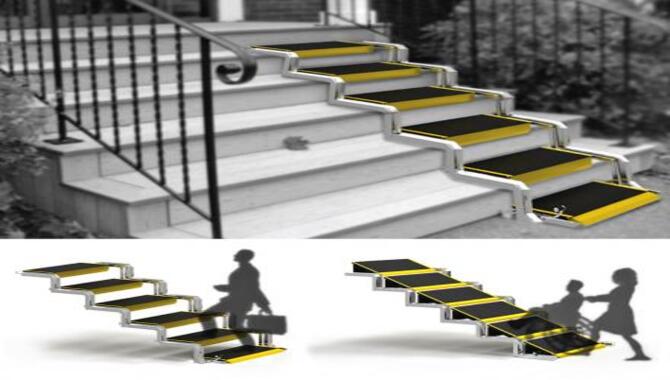
Your home can be more accessible for everyone if you replace stairs with a ramp. Ramps can be designed in various shapes and sizes to meet the specific needs of your home. Ramps can also be fitted with handrails to provide extra safety and stability. To make your home accessible, replace door thresholds with ramps to make entering and exiting your home more accessible.
Installing grab bars in the shower and bath area can help people get in and out quickly. If you want to make your home more accessible for everyone, replace switches, knobs, and handles with clearly-labeled options that are at eye level for people with disabilities. Besides, ensure all buttons, knobs, and handles are within reach of those needing assistance in the room.
2.Install A Stair Lifter For Loved Ones With Walking Disabilities
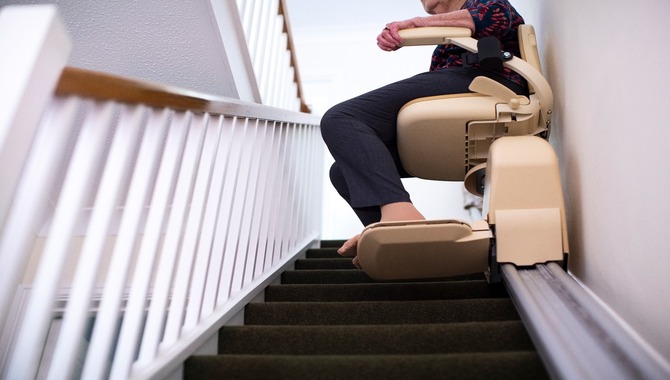
A stair lifter is a simple and easily portable device that can make accessibility to home a reality for people with mobility challenges. Those with walking disabilities can attach these lifters to the stair rail or doorframe to make it easier for them to access their home. These lifters can help people with mobility issues move up and down stairs faster and more safely, making life easier for everyone in the household.
In addition to making home accessibility a reality for loved ones, stair lifters can make a living with mobility challenges more comfortable and safe. They allow people to live independently and participate fully in their daily lives. Stair Lifters are especially useful for senior citizens with limited mobility but still want access to their homes.
3.Consider An Elevator
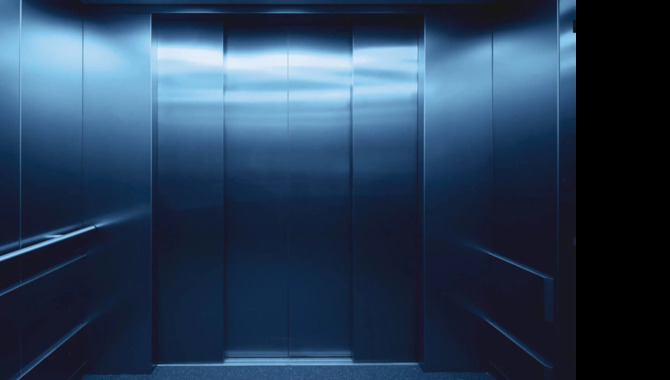
An elevator can make it easier for people with mobility impairments to get around your home. For example, an elevator can make it easier for people with mobility issues to move from one home floor to another without using the stairs. Elevators can also be a cost-effective way to increase mobility in your family.
If you are considering installing an elevator in your home, consult an expert to see if this is the best option for your needs. They can help ensure that the elevator will be safe and functional, considering factors like accessibly-height countertops and cabinets, grab bars on the wall, and accessible lighting. By choosing the right design for your home, you can make it more accessible and comfortable for everyone in your family.
4.Remove Bathing Barriers And (Add Handicap-Friendly Bathroom Features)
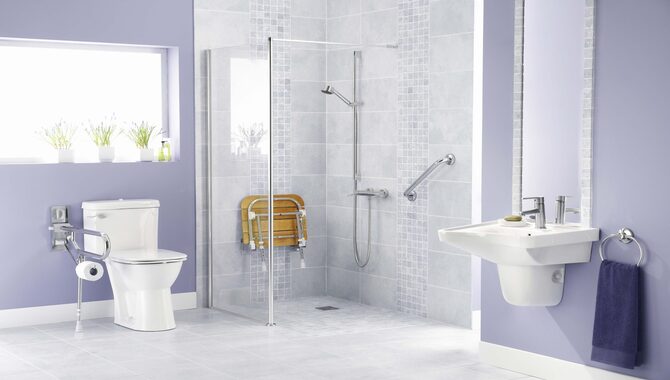
When renovating or building a new home, it is critical to consider accessibility for people with disabilities. Bathroom accessibility can be a significant challenge, especially when considering the various barriers preventing individuals with mobility issues from accessing the bathroom.
These barriers may include bath bars and door thresholds, which can be challenging to navigate and cause problems when entering or exiting the bathroom. Instead of removing these barriers, it’s safer and more accessible to add handicap-friendly features, such as grab bars and raised toilet seats. By providing these accessible features in your bathroom, you can make life easier for those with mobility disabilities and reduce the risk of accidents or injuries.
5.Update Your Toilet
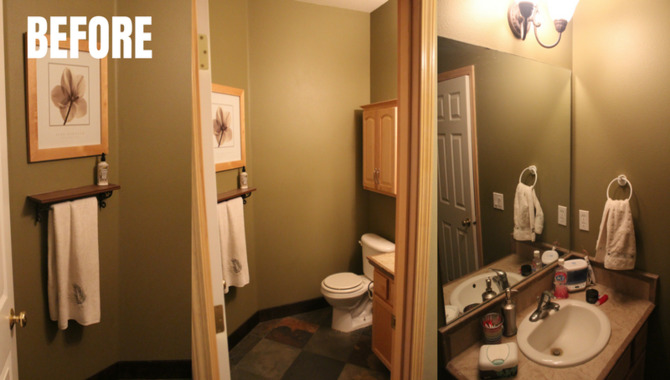
If you have a disability, it’s vital to make your home accessible. This can be done by updating your toilet and shower to make them more accessible. You can also consult an accessibility specialist about making your home more accessible. This can help you enjoy your life to the fullest. Updating your toilet and shower will allow you to access daily activities more efficiently and comfortably.
If you’re unsure how to update your bathroom or shower, consult an accessibility specialist. Making your home more accessible can help you live a more comfortable and independent life. Try out some of the ideas in this article to make your home more accessible and enable you to enjoy all that it has to offer.
6.Place Handrails In Critical Areas
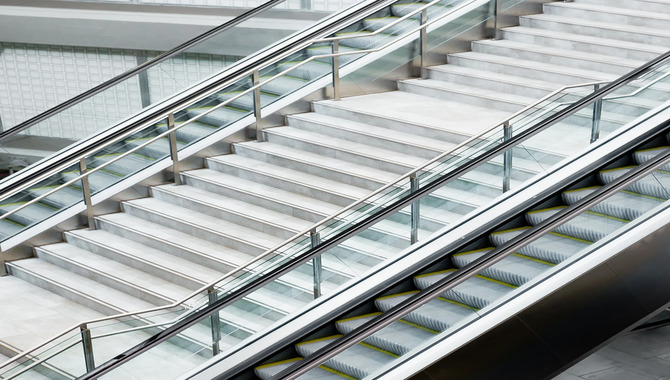
To make your home more accessible, you must install handrails in critical areas. These rails can help people with disabilities navigate their homes safely. You can also install ramps and elevators to make accessing your home easier. When making your home accessible, be sure to take into account the needs of all of your guests. This will ensure that everyone has access to your home and can comfortably stay as they are.
7.Ditch Doorknobs (Add Handicap-Accessible Doors)
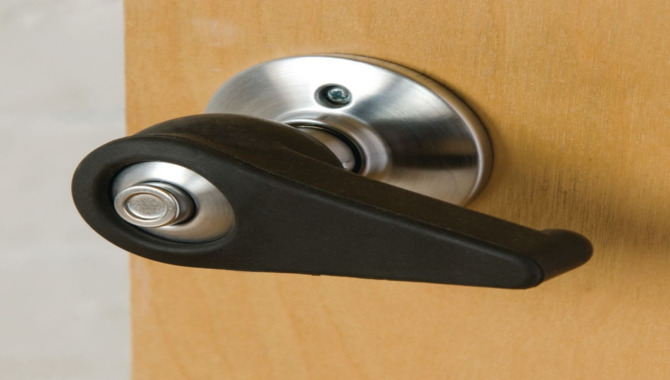
Door handles and knobs can be challenging for people with disabilities to use. If you want to make it easier for your loved one to enter and exit your home, consider adding handicap-accessible doors and doorknobs. These door handles can be easily operated with a simple knob or a button push.
Instead of door knobs, consider replacing them with levers or buttons that are easier to use. Ensure all external doors and entrances are appropriately labeled and signage is in place to indicate accessibility for each area. This will help ensure everyone in your family has access to your home regardless of mobility or accessibility needs.
8.Simplify Pool Entry (Mobility-Accessible Pool)
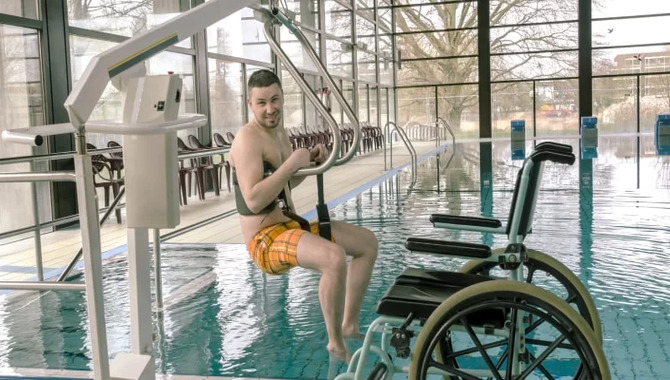
It can be hard to enter and exit a pool if you have mobility restrictions. Adding a mobility-accessible collection can simplify pool entry and make swimming easier for anyone. A mobility-accessible pool allows you to enter and exit the pool quickly and without climbing over or around obstacles. This makes it easier to enjoy your collection regardless of your mobility limitations. Whether in a wheelchair, on crutches, or using a walker, a mobility-accessible pool can make swimming more accessible and enjoyable for everyone in your family.
9.Rearrange Your Furniture And Add A Table For Wheelchair Users

Making your home accessible can help you live more independently. By rearranging your furniture and adding furniture for wheelchair users, you can make your home more accessible and comfortable. You can do this quickly and cost-effectively by hiring a professional or doing it yourself.
Whether you are making changes yourself or hiring someone to do it for you, involving your family and friends in the process can be helpful. They may have valuable insight or experience that can make the modifications easier or more effective. Plus, having their support during the process can ensure that all family members feel involved and invested in making your home accessible.
10.Be Mindful Of Your Surfaces.
When making your home accessible, you must be mindful of the surfaces you use. For instance, don’t use laminate or hardwood floors for wheelchair access. Instead, use carpeting or linoleum flooring that can be easily cleaned and maintained. Also, don’t use rugs or paint as wheelchair access options.
Instead, use ramp accessibility features such as handrails and ramps. When designing your home, consider the accessibility needs of all the people living there and the types of mobility devices they may use. If you have multiple levels in your home, include an elevator or ramp on each level. This can help people with mobility challenges access all areas of their homes quickly and easily.
Conclusion
One of the most important things you can do to make your home more accessible is to ensure the doorways and entrances are transparent and open. This will allow people with disabilities or mobility issues easy access to your home. Additionally, it is essential to install grab bars and ramps in areas that may be difficult for someone to climb or navigate independently. To make your home accessible, you do not have to change your lifestyle.
Some simple changes can ease the mobility of people with mobility disabilities, including installing grab bars in bathrooms, ramping entrances, and changing toilet-seat height. Besides that, home accessibility can be enhanced by rearranging furniture and removing clutter from walkways, water faucets, and door handles. There are a host of other accessible home modifications that can be made depending on your individual needs.
Frequently Asked Questions:
1.What Makes A Home ADA-Accessible?
Ans: Making your home accessible for people with disabilities can be a daunting task. Still, by following these simple guidelines, you can ensure that everyone in your family (including the elderly members and pets) can enjoy a comfortable living space.
First and foremost, consult an expert when it comes to home accessibility. Second, ramping up the accessibility of your home doesn’t have to cost too much. Third, it is essential to policy modifications when making your home accessible. You may need to update your home insurance policy to reflect the changes you have made to your home.
2.How Can I Make My Living Room Accessible?
Ans: There are a few easy steps that you can take to make your home accessible for visitors.
- Remove any obstacles in the way of a visitor’s path.
- Make sure doors and hallways are well-lit and free of obstructions.
- Provide signage directing people to specific areas of the home.
- Mount grab bars and other assistive devices in high-traffic areas.
- Assistive listening devices can be handy for people with hearing disabilities.
3.How Do You Make A Split-Level Home Handicap Accessible?
Ans: There are several ways to make a split-level home handicap accessible. Some methods include ramps and elevators, widening doorways, and installing handrails. It is essential to consult with an experienced contractor to ensure the accessibility of your home.
4.How To Design A Handicap-Accessible House?
Ans: When designing a handicap-accessible house, it is essential to keep in mind the following factors: Location: The house should be situated in an accessible location. Level of Functionality: The house should be designed to allow for easy access by those with disabilities.
Design: The exterior and interior of the house should be designed in a way that is both comfortable and functional. Open doors and windows can be wide Open so that people with mobility impairments can enjoy natural light and fresh air, and appliances should be placed low enough not to obstruct accessibility pathways.
5.What Is The Best Way To Make A Home Accessible?
Ans: There are several ways to make a home accessible, and the best way to do so depends on the individual’s needs and preferences. Here are some of the most common methods:
- Elevator or ramp:
- Making the home wheelchair accessible:
- ADA compliance:
- Hearing loops and captioning devices:

Leave a Reply